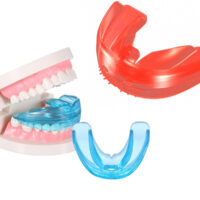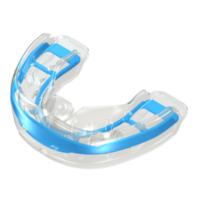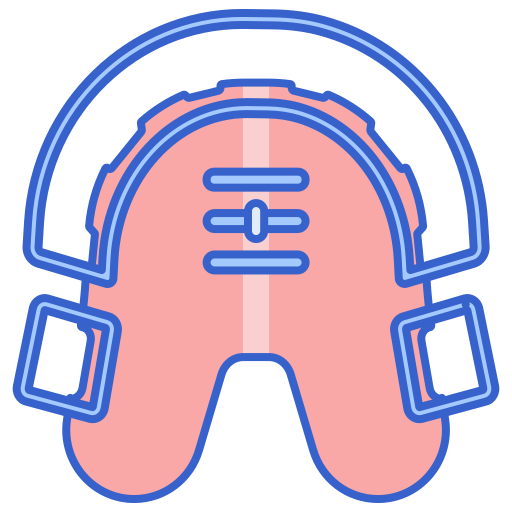Myo Functional Appliances
Several types of useful appliances When Myo detachable functional appliances, they were categorized as:
- 1- Group A- Equipment that are supported by the teeth, such as inclined planes and the Catlans appliance
- 2- Group B-Teeth/tissue supported appliances, e.g. activator, bionator, etc.
- 3- Group C-Vestibular positioned appliances with isolated support from tooth/tissue, e.g. Frankel appliance, lip bumpers.
FAQ
Myofunctional appliances use the facial muscles and masticatory muscles to produce changes in the relation of teeth or arches. This means that these appliances aim to utilize, eliminate or guide the forces arising from muscle function, tooth eruption and growth in order to alter skeletal and dental relationships.
Myofunctional therapy aims to strengthen and retrain the oropharynx muscles through simple, repeated exercises. During therapy, the muscles in the face, mouth, and throat become more stable. As a result, the effects of disordered breathing and other OMD symptoms should decrease.
In addition to better facial development, Myofunctional therapy leads to straighter teeth, improved nasal breathing and more often than not eliminates the need for braces.
We Bring Smile To Kids



